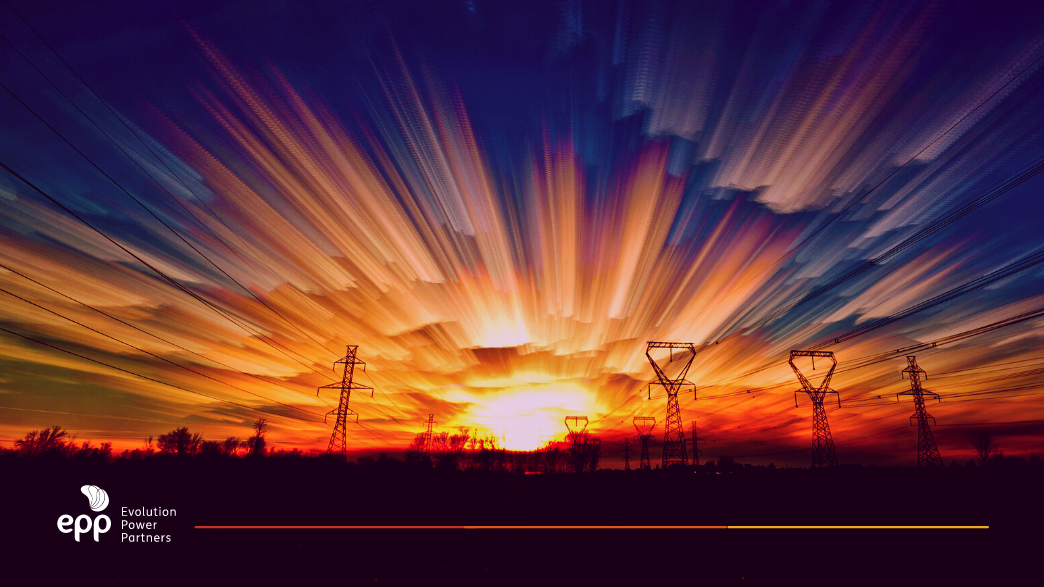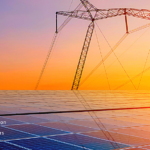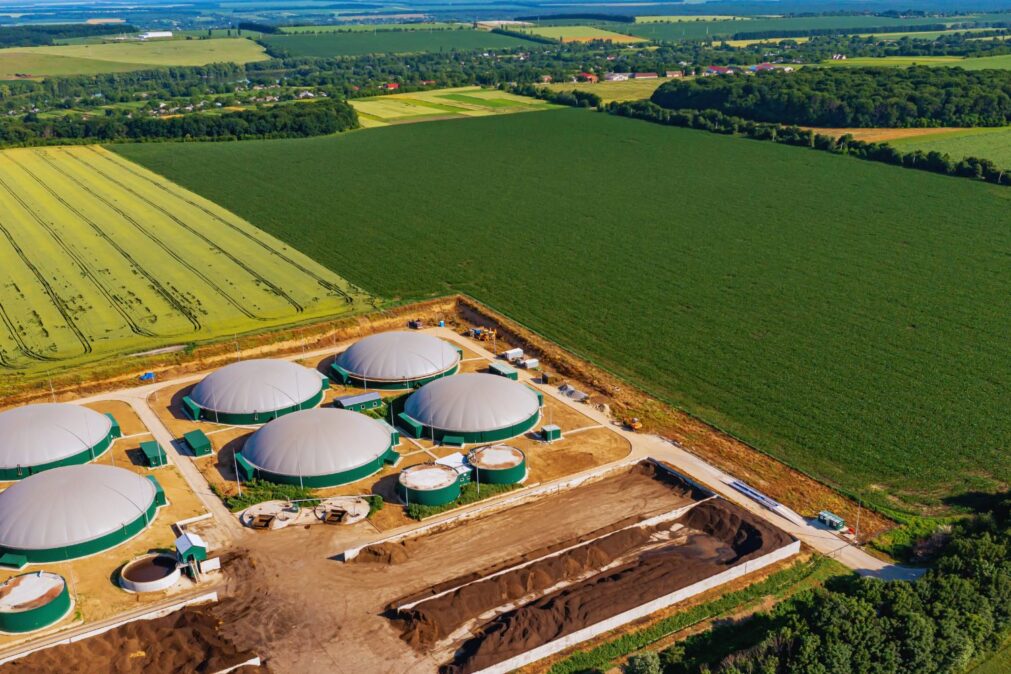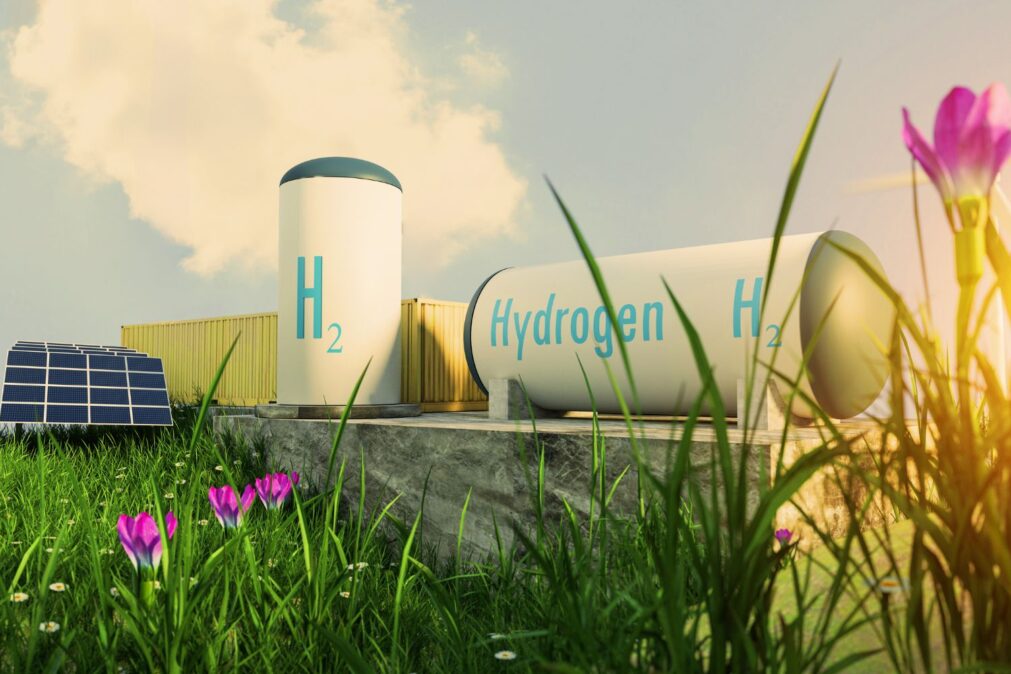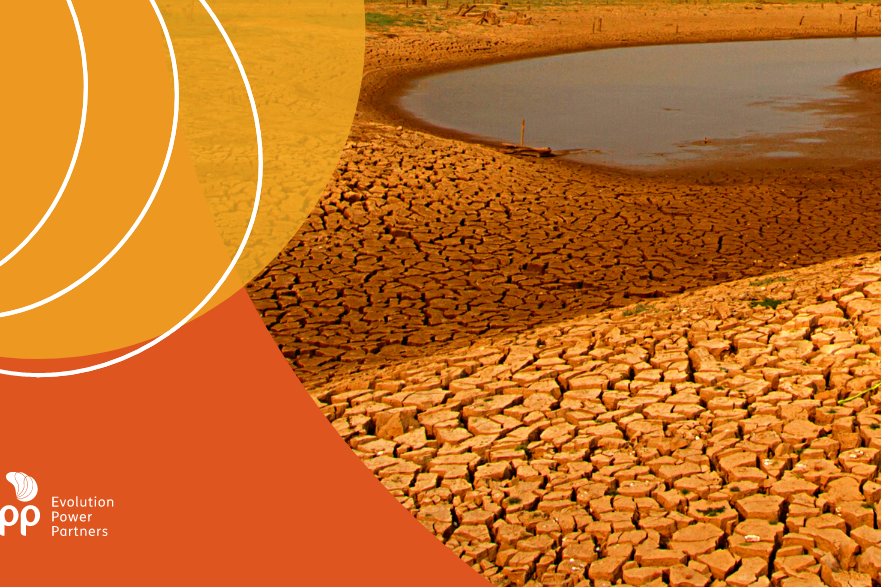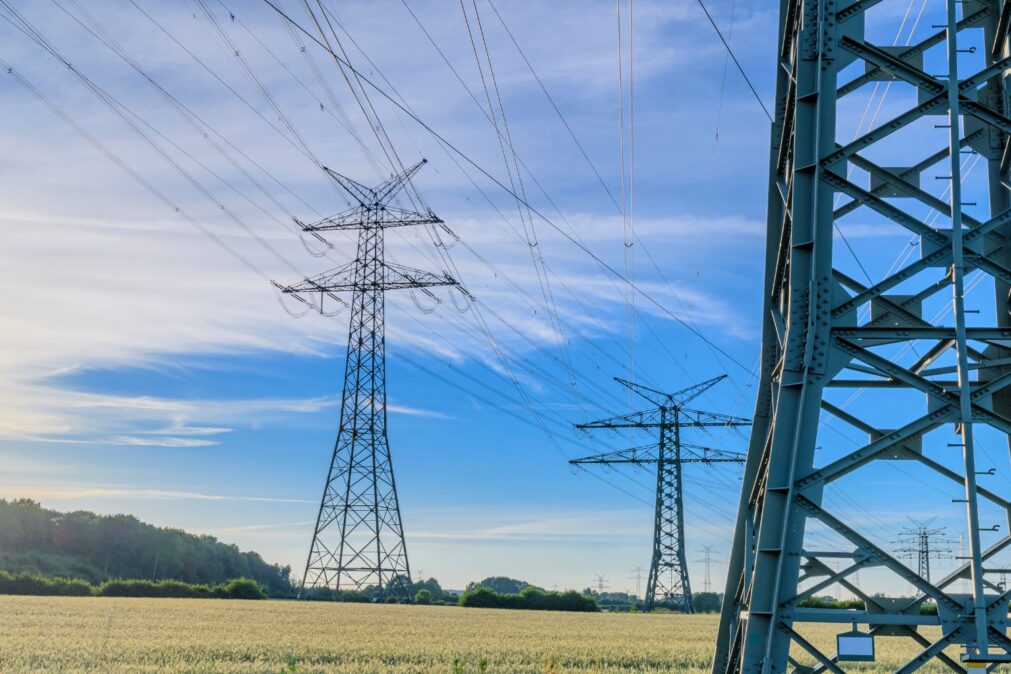What are the main energy sources used in distributed generation in the country? Understand how each model grows.
Do you know what are the main sources of distributed generation used in Brazil? Distributed generation is a model in which consumers can generate their own energy. In addition to bringing savings and freedom to consumers, GD, as a system that decentralizes energy production, is also important for the electrical system that becomes more stable and less dependent on hydroelectric plants.
Because it has many advantages, this model has grown in the last 20 years and solar systems have stood out. However, there are also other sources that can be used in DG and that are becoming popular, receiving new investments. Check out.
Main sources of energy used in Distributed Generation
In addition to seeking ways to guarantee the supply needed for the country to grow, GD’s growth is also linked to the environmental impacts of energy generation. Therefore, increasingly cleaner and renewable sources are sought. The energy sector in Brazil, including electricity generation and consumption of fossil fuels are responsible for 20% of greenhouse gas (GHG) emissions.
Even with this scenario, Brazil still has one of the cleanest electrical matrices in the world. The current installed capacity is 80% renewable, and should reach 84% in the next decade. Check out the main sources used in this model.
Pphotovoltaic solar energy
Currently, photovoltaic solar energy is responsible for 98% of GD projects in Brazil. This energy is produced from heat and sunlight, converted directly into electricity. In this way, the photovoltaic system can be installed on roofs, land, parking and in many other places. Therefore, it is a model that has become popular both for residential users and for businesses.
Wind energy
Investments in wind energy are on the rise. Since 2011, there have been more than US$ 30 billion in investments. This indicates new opportunities for many markets, especially in the industrial and construction sectors. In this model, energy is generated by converting wind currents into other forms of energy, with the help of wind turbines. Wind energy can be installed in tall buildings, areas with a lot of wind, such as on the coast or even offshore, as occurs with off shore wind generation.
Hydro energy
Hydropower, the most used in Brazil, uses the pressure of water flowing over the blades to drive an electric generator, transforming movement into energy. Currently, they are large plants that produce most of the country’s energy. In distributed generation, the Hydroelectric Power Plants (CGHs) — can have powers between 0 and 5 MW — and Small Hydroelectric Power Plants (PCHs) — power between 5 and 30 MW are options that take advantage of water courses and have a low environmental impact.
Biomass energy
Biomass energy is obtained through the decomposition of organic materials. Sugarcane bagasse, agricultural, forestry, landfill and industrial residues can be used. In Brazil, in 2018, energy generation from biomass reached just over 14MW.
According to the Energy Research Company (EPE), in 2019 the total installed capacity in Brazil was 176 GW with the following breakdown by source: 58% hydraulic, 11% biomass, 9% wind, 9% others, 7% natural gas, 4% small hydroelectric plants (PCH) and 2% solar.
Expectations for 2029 are that the matrix will change, increasing its installed capacity to 251 GW and having GD as the main driver for this change. In this new scenario, the division would be: 42% hydraulic, 16% wind, 14% natural gas, 10% biomass, 8% solar, 6% others and 4% small hydroelectric plants (PCH).
Thus, for the future, expectations are positive, as all sources have been showing growth and development. In addition, the legal framework for distributed generation that was recently approved by the Chamber of Deputies will bring legal security to the sector, opening up possibilities for further investments.
